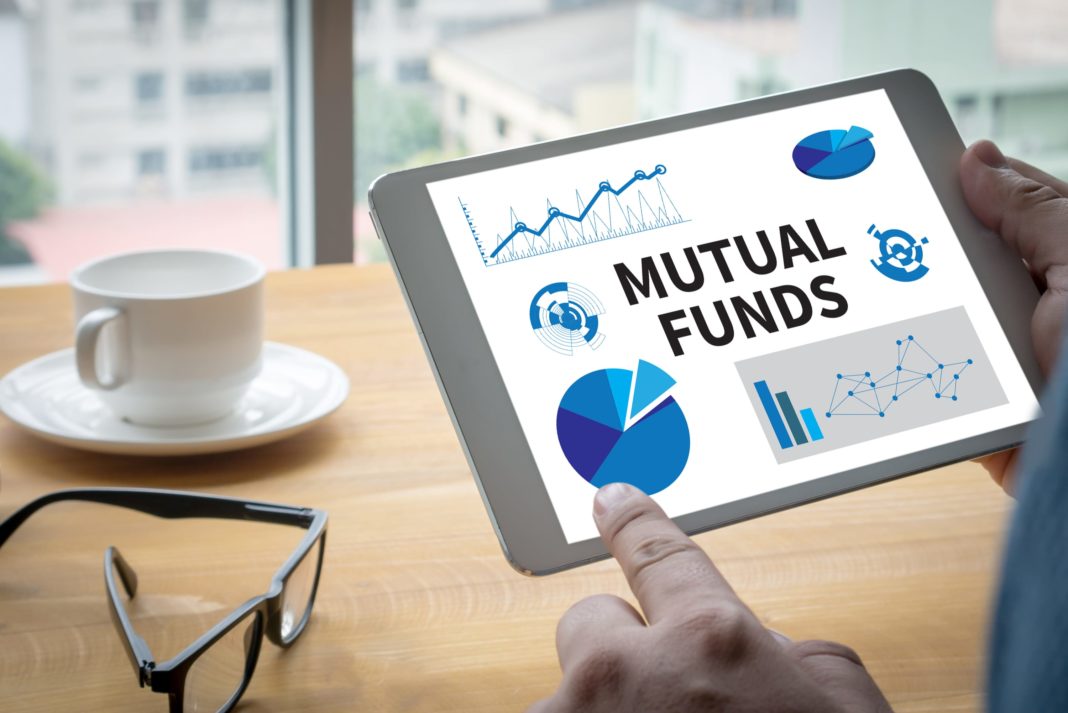Building an Emergency Fund: Why and How
An emergency fund is crucial for financial stability, providing a safety net during unexpected expenses. Learn why and how to build one effectively.

Understanding the Importance of an Emergency Fund
An emergency fund is a financial safety net designed to cover unexpected expenses or financial emergencies. These can include medical emergencies, car repairs, job loss, or urgent home repairs. The primary purpose of an emergency fund is to provide a cushion that prevents you from falling into debt when unforeseen expenses arise. Having this financial buffer gives you peace of mind, knowing that you have a safety net to rely on. It also helps you avoid high-interest loans or credit card debt, which can exacerbate financial stress. Building an emergency fund is a fundamental step in achieving financial stability and security.
How Much Should You Save?
Determining the amount to save in your emergency fund depends on your personal circumstances. A common rule of thumb is to save three to six months' worth of living expenses. This range provides a sufficient buffer for most people, covering essential expenses like rent, utilities, groceries, and transportation. However, if you have a family, own a home, or have irregular income, you might want to aim for the higher end of this range or even beyond. Assess your financial situation, consider your job stability, and evaluate your expenses to determine the right amount for your emergency fund. Remember, having some savings is better than none, so start with a small goal and gradually increase it over time.
Strategies for Building Your Emergency Fund
Building an emergency fund requires discipline and a strategic approach. Start by setting a realistic savings goal and breaking it down into smaller, manageable targets. Automate your savings by setting up a direct deposit from your paycheck into a separate savings account. This method ensures consistency and reduces the temptation to spend the money. Cut back on non-essential expenses and redirect those funds into your emergency savings. Consider finding additional sources of income, such as freelancing or part-time work, to boost your savings rate. Regularly review your budget and adjust your savings plan as needed to stay on track.
Where to Keep Your Emergency Fund
Choosing the right place to store your emergency fund is crucial. It should be easily accessible yet separate from your regular checking account to avoid accidental spending. A high-yield savings account is an excellent option, offering better interest rates than traditional savings accounts while keeping your money liquid. Money market accounts and short-term certificates of deposit (CDs) are other viable options, providing a balance between accessibility and earning potential. Avoid investing your emergency fund in stocks or long-term investments, as these can be volatile and may not be readily available when you need them.
Maintaining and Growing Your Emergency Fund
Once you've built your emergency fund, it's essential to maintain and grow it. Regularly review your fund to ensure it still meets your needs, especially after significant life changes like marriage, having children, or buying a home. Continue to contribute regularly to keep up with inflation and increasing living costs. Replenish any funds used as soon as possible to maintain the safety net. Consider setting up periodic reviews of your finances to ensure your emergency fund remains adequate and aligned with your financial goals. By staying vigilant and proactive, you can ensure your emergency fund remains a reliable resource for life's unexpected challenges.